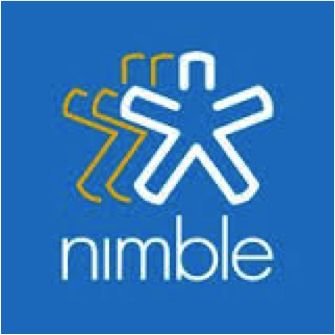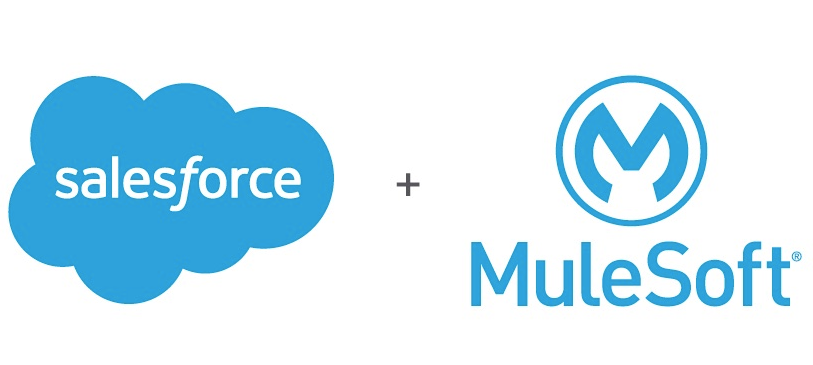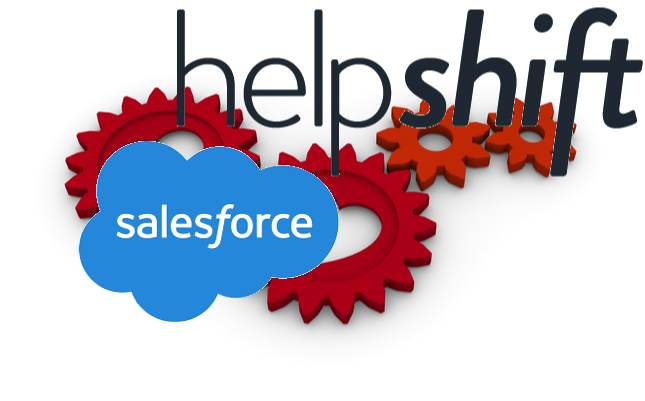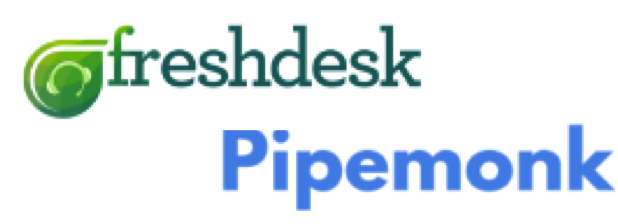
by twieberneit | Jul 1, 2021 | Analysis, Blog |
I haven’t written much about Nimble recently; actually I haven’t written too much about anything lately. Now it is time to have a look into some interesting news that hit my desktop. The News On June 30, 2021, Nimble announced an integration with Microsoft Teams to streamline workspace collaboration. The integration offers Nimble users to prepare meetings and provides the tools to help getting information on meeting participants from their contact records, the ability to take notes that will be synched to Nimble as well as the ability to send trackable follow-up emails. The capability will be delivered via an add-in to MS Teams. For your convenience, the press release is also copied below. Nimble Integrates with Microsoft Teams to Power Virtual Business Meeting Engagements Nimble Offers Microsoft Teams Add-in to Help Teams Thrive in The Hybrid Workspace SANTA MONICA, Calif. — June 30, 2021 — Nimble, the simple CRM for Microsoft 365 and Google Workspace teams, announced today that they have integrated with Microsoft Teams to give teams a shared view of every customer, and to streamline collaboration between teams. Improve Collaboration and Build Better Customer Relationships Customer data is the most important asset for every organization. The success of every customer relationship management application lies in the data accuracy. Business owners and professionals rely on Nimble to offer a 360 view into the relationships with their customers. Integrating with collaboration applications and seamless synchronization of information and the history of conversations is crucial to improving customer relationships and team productivity. “Our customers rely on Microsoft Teams to work effectively across their organizations and to build and nurture...

by twieberneit | Mar 22, 2018 | Analysis, Blog |
The News On March 20, 2018 Salesforce announced the signature of a definitive agreement to acquire Mulesoft for a whopping 6.5 billion USD – whopping because the 2017 Mulesoft revenues have been at just $296.5 Million, albeit with a $1 billion target for 2021. The press release states that “together, Salesforce and MuleSoft will accelerate customers’ digital transformations, enabling them to unlock data across legacy systems, cloud apps, and devices to make smarter, faster decisions and create highly differentiated, connected, customer experiences.” Mulesoft is recognized by Gartner as a leader in the 2017 Enterprise Integration Platform as a Service Quadrant. The Bigger Picture As I have stated repeatedly before, most recently here, the enterprise software market is engaged in something that can be called a platform war. There are a few big players and some emergent players in the enterprise software market, and then we have a number of companies that come from the infrastructure side of the house. Business applications get commoditized. Therefore the platform becomes crucial in a battle for dominance. And it is not a given that there will be a dominance. Looking at the 4 big software vendors, Microsoft, Oracle, Salesforce, and SAP, they all have different legacies, strengths and weaknesses. They share one weakness, which is that their core business is in a mainly saturated enterprise market. All of them want and need to play their strengths, while mitigating their weaknesses in order to become the dominant player. Looking at Salesforce, one of its key strengths is the brand. Right or wrong, pretty much the first name that comes to mind when thinking CRM...

by twieberneit | May 26, 2017 | Analysis, Blog |
The leading in-app support company Helpshift just released a seamless integration with the Salesforce Service Cloud. This integration is now available on AppExchange. Here a copy of the press release for your convenience, followed by my analysis: Helpshift Announces New Integration Capabilities for Its Customers on the Salesforce AppExchange, the World’s Leading Enterprise Apps Marketplace SAN FRANCISCO – (BUSINESS WIRE) – MAY 25, 2017 – Helpshift today announced an integration with new capabilities available on the Salesforce AppExchange. This integration is meant to improve the mobile user experience by enabling service agents to deliver support to app users directly from within their Salesforce Service Cloud Dashboard – In-app! When a customer contacts support from inside the Helpshift-enabled app, a Salesforce case is created that the agent responds to, creating an in-app conversation. Customers get notified via banners, notifications and badges, enabling them to continue at their pace. “Organizations are seeing an explosion in demand for mobile solutions from their customers,” said Esteban Kolsky, president of thinkJar, a customer strategies advisory firm, “and they quickly realize they can’t offer outdated and incomplete solutions without real time data. Direct integration with systems of record are at the core of their strategies to support this trend.” Built on the Salesforce Platform, the Helpshift integration is now available on the Salesforce AppExchange. Enterprises can benefit in the following ways: In-app Messaging: Helpshift’s new integration capabilities allow existing Salesforce customers to provide support to mobile customers, which extends their ability to reach mobile customers where it matters: Directly in the app, and supported by the smartphones’ powerful notification mechanisms. Enhanced Knowledge Capabilities:...

by twieberneit | Jan 10, 2017 | Analysis, Blog |
Last week Freshdesk announced the acquisition of Bengaluru based SaaS data integration company Pipemonk, the seventh acquisition since mid of 2015. Pipemonk has been launched in 2014 and since has implemented integrations between many leading e-commerce-, accounting-, CRM-, Marketing-, and Billing applications, including Amazon, Shopify, Salesforce, Zoho, Hubspot, Mailchimp, and Stripe. So far Freshdesk was not on their list. Pipemonk’s promise and objective is to deliver easy-to-setup, pre-built bi-directional integrations between SaaS applications. On their web site they reported to have more than 2,000 customers acquired in the short life span, with a seed capital of only 2 million dollar. So one can say that they delivered successfully. Freshdesk itself has its roots in customer service and since increased its portfolio to include help desk (hotline), a sales application (Freshsales), chat (Freshchat) and social testimonials using acquisitions and own developments. My Take I think that this was an important step for Freshdesk. It enables Freshdesk to easily expand its reach to integrate with a raft of SaaS applications in different business domains, prebuilt or custom. Further, I was wondering for a while whether and how Freshdesk would go on integrating their own application stack, which as per my understanding so far consists of different, only lightly (if at all) integrated applications – although my understanding may be wrong. Assuming that Freshdesk intends to continue their aggressive growth trajectory with this acquisition the team also has the foundation to integrate new and newly acquired functionality fast, based upon an established architecture. Overall, congratulations to both...
by tz4rgp | Dec 3, 2012 | Blog |
Brick-and-mortar retail businesses face a combination of ever-increasing customer expectations, customers being “educated” to expect and receive promotions, and of course an ever increasing competition in the market place for their customers’ share of mind and share of wallet. On top of all this they need to realize that they do not control the communication to their customers anymore, let alone being capable of controlling the communication in between their customers. As many bloggers, including myself, and analysts already stated, the advent of extremely user friendly and ubiquitous mobile devices and web applications essentially decoupled retailers from communications between their customers and even led to their marketing messages becoming part of the “background noise” for lots of consumers – just something one filters out when it comes to getting serious information. Of course there are exceptions, especially considering that retail businesses reacted to this threat. For retailers it is about being where the customers are. This started with setting up transactional web sites (web shops) to drive additional sales, using more and different ways to address customers, e.g. setting up and participating in communities, building fan pages on Facebook, Twitter streams, keeping in touch with exciting new services like Groupon, building capabilities to monitor and participate in discussions in forums, creating loyalty programs, and so on. Quite some of the challenges facing retailers have the potential of being disruptive to their business models. Take Groupon as an example: Groupon is the successful implementation of a scheme that shifts the power balance drastically to the buyer (consumer) side; the scheme is similar to the earlier development of retailer purchase organizations...





